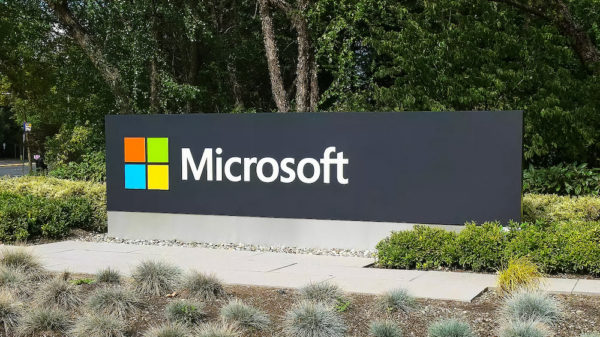After weeks of struggling to properly resolve security defects in the Windows Print Spooler utility, Microsoft is making a major default change to the way Windows interacts with the problematic Point and Print driver.
The Redmond, Wash.-based software maker on Tuesday announced that Windows will now require admin rights to change the default Point and Print driver installation and update behavior.
This move is meant to be a more comprehensive fix for dangerous security flaws publicly known as PrintNightmare that expose users to remote code execution and privilege escalation attacks.
“Our investigation into several vulnerabilities collectively referred to as “PrintNightmare” has determined that the default behavior of Point and Print does not provide customers with the level of security required to protect against potential attacks,” according to a statement from the Microsoft Security Response Center (MSRC).
[ Related: Did Microsoft Botch the PrintNightmare Patch? ]
“We are addressing this risk by changing the default Point and Print driver installation and update behavior to require administrator privileges. The installation of this update with default settings will mitigate the publicly documented vulnerabilities in the Windows Print Spooler service,” Microsoft added.
The default change takes effect with the installation of the August batch of security updates for all versions of Windows. Microsoft documents the default change as CVE-2021-34481.
Windows fleet admins should be aware that this change may impact Windows print clients in scenarios where non-elevated users were previously able to add or update printers.
“We strongly believe that the security risk justifies this change,” Microsoft declared, noting that customers can manually disable the mitigation with a registry key.
[ Related: Microsoft Ships Emergency PrintNightmare Patch ]
However, Redmond insists that disabling the mitigation “will expose your environment to the publicly known vulnerabilities in the Windows Print Spooler service and we recommend administrators assess their security needs before assuming this risk.”
The PrintNightmare security problems first emerged in June this year when Microsoft misdiagnosed the severity of a vulnerability to confirm the risk of code execution attacks.
In July, Microsoft shipped an emergency patch to provide cover for Windows users but security experts soon discovered that the patch did not properly fix the underlying vulnerability.
The issue has been a public embarrassment for Microsoft as security researchers used social media to highlight major problems with Redmond’s mitigation guidance and the effectiveness of its out-of-band update.
Related: Windows Admins Scrambling to Contain ‘PrintNightmare’ Flaw
Related: Microsoft Warns of Under-Attack Windows Kernel Flaw
Related: Microsoft Patch Tuesday: 83 Vulnerabilities, 10 Critical, 1 Actively Exploited














